We are all surrounded by a 1,000 light-years old huge “giant bubble” formed by the explosion of a dozen or so stars. Known as the Local Bubble, it is just one of the countless similar bubbles produced by supernova fallout in our galaxy. According to scientists, the Earth and Solar System are located in the middle of the Local Bubble.
The team of scientists, led by Theo O’Neill, research assistant at the Center for Astrophysics at Harvard & Smithsonian, has created “the first 3D map of the magnetic field on a superbubble.”
“For the first time, there is an estimate of what 3D space looks like outside the Solar system,” said astronomer Alyssa Goodman, the study’s advisor.
According to research, the explosion of at least 15 massive stars caused this bubble to form. Astronomers showed “the first-ever 3D map of a magnetic field over a superbubble” on Wednesday at the American Astronomical Society‘s 241st annual meeting. You can watch a recording of the conference here.
Theo O’Neill, from the University of Virginia, said: “Space is full of these wonderful bubbles that lead to the formation of new stars and planets and affect the general shapes of galaxies. By learning more about the exact mechanisms that drive the Local Bubble, which the Sun lives in today, we can learn more about the evolution and dynamics of superbubbles in general.”
In the 1970s, astronomers realized that no stars had formed in the vast vacuum for about 14 million years. After that, the huge void was named “Local Blob”. It is known that hydrogen and helium are dense on the surfaces of these areas, thus enabling new star formation in these areas. The Milky Way, and many other galaxies, is covered by a magnetic field that gently attracts stars, dust, and gas into mind-boggling structures such as giant, bone-like filaments. Astronomers aren’t sure what causes the galaxy’s magnetic fields, according to.
“We’ve calculated that about 15 supernovae have gone off over millions of years to form the Local Bubble that we see today,” stated Zucker, a NASA Hubble Fellow at STScI.
Zucker wonders, “Where do these bubbles touch? How do they interact with each other? How do superbubbles drive the birth of stars like our Sun in the Milky Way?”
“From a fundamental physics standpoint, we’ve known for a long time that magnetic fields must play important roles in many astrophysical phenomena,” Harvard professor and Center for Astrophysics astronomer Alyssa Goodman, who was one of the mentors for the research program, said in the statement. “We can piece together the history of star formation around us using a wide variety of independent clues: supernova models, stellar motions, and exquisite new 3D maps of the material surrounding the Local Bubble.”
Astronomers first theorized that superbubbles were pervasive in the Milky Way nearly 50 years ago. “Now, we have proof — and what are the chances that we are right smack in the middle of one of these things?” asks Goodman. She explains that if such bubbles are rare in our Milky Way Galaxy, it is statistically unlikely that the Sun would be centered in one.



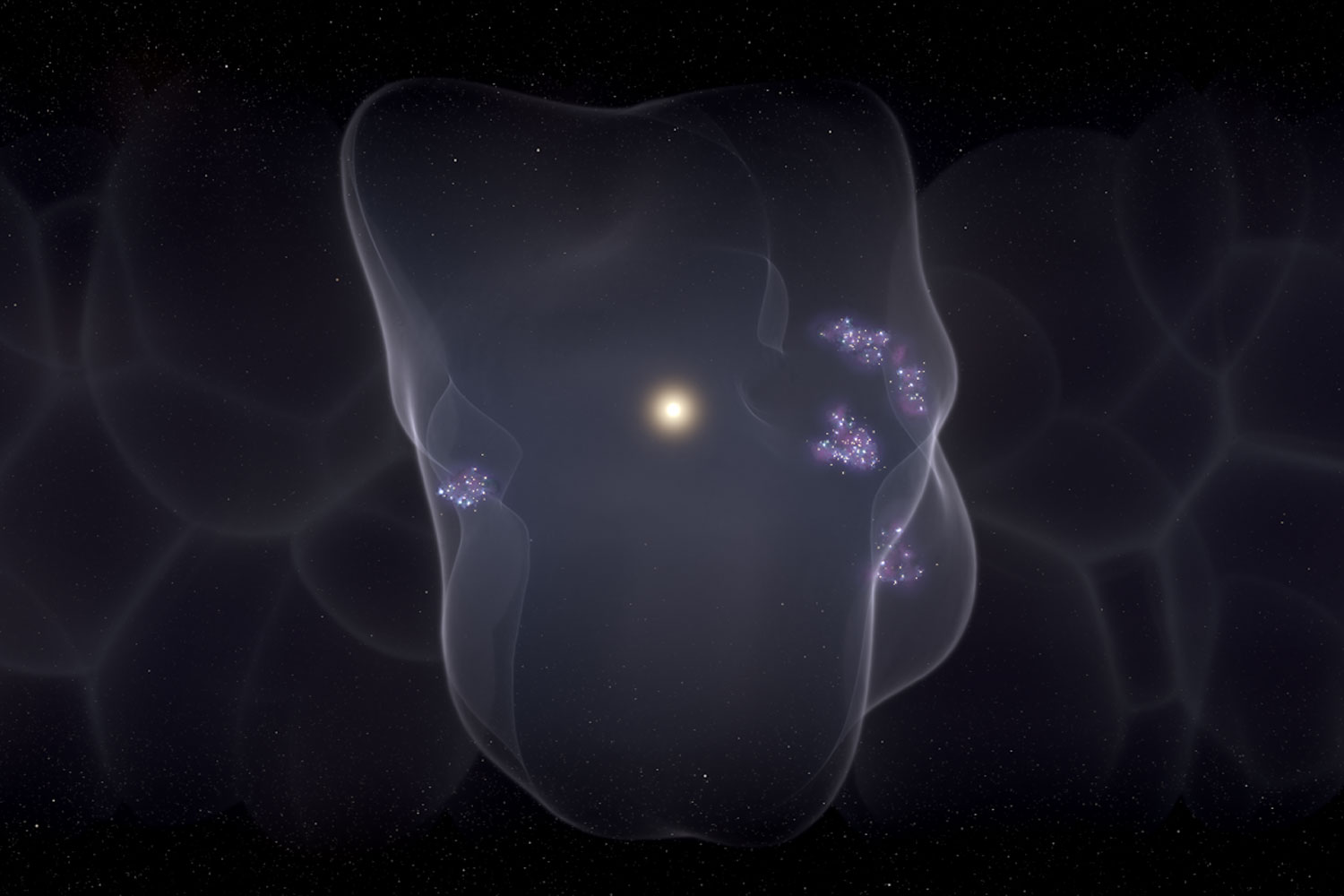
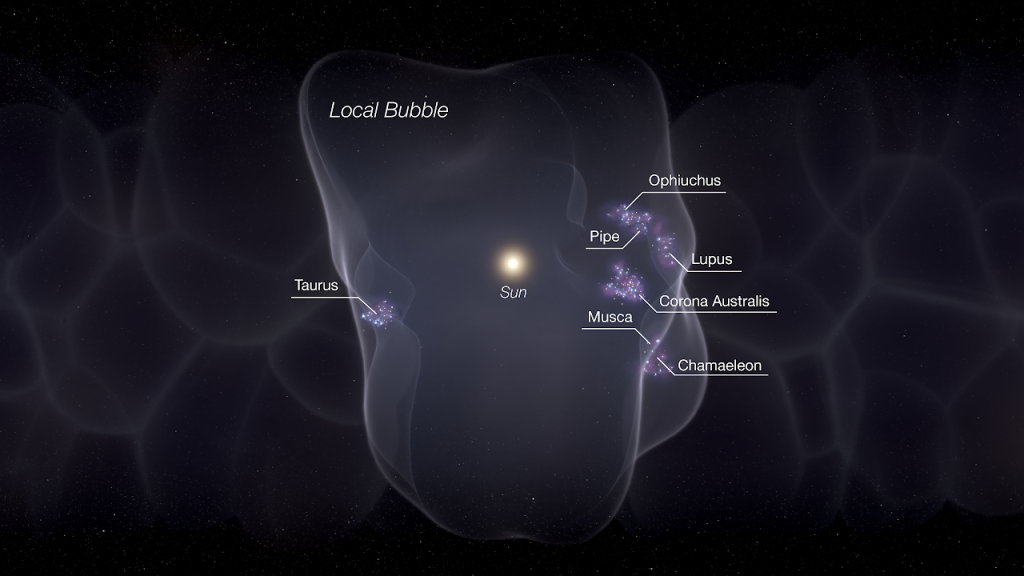
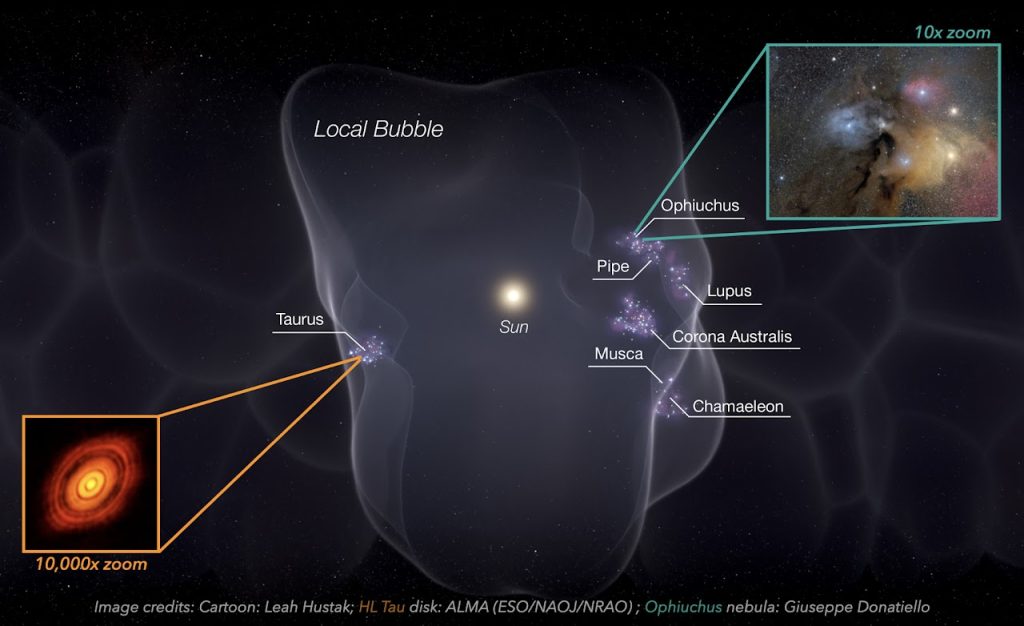
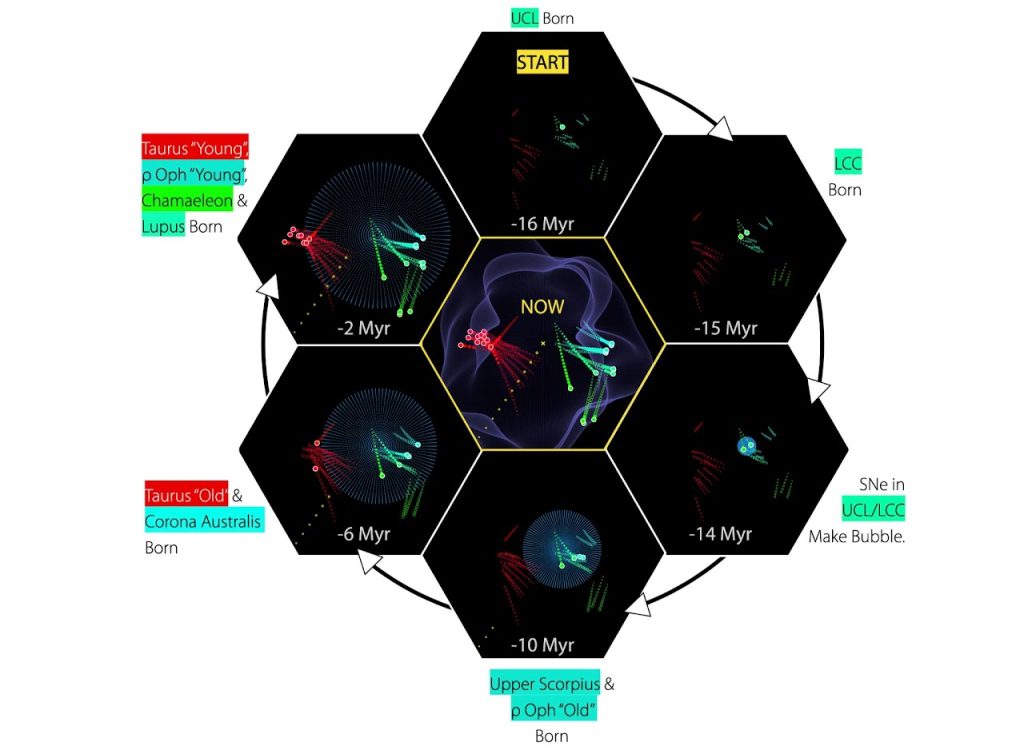



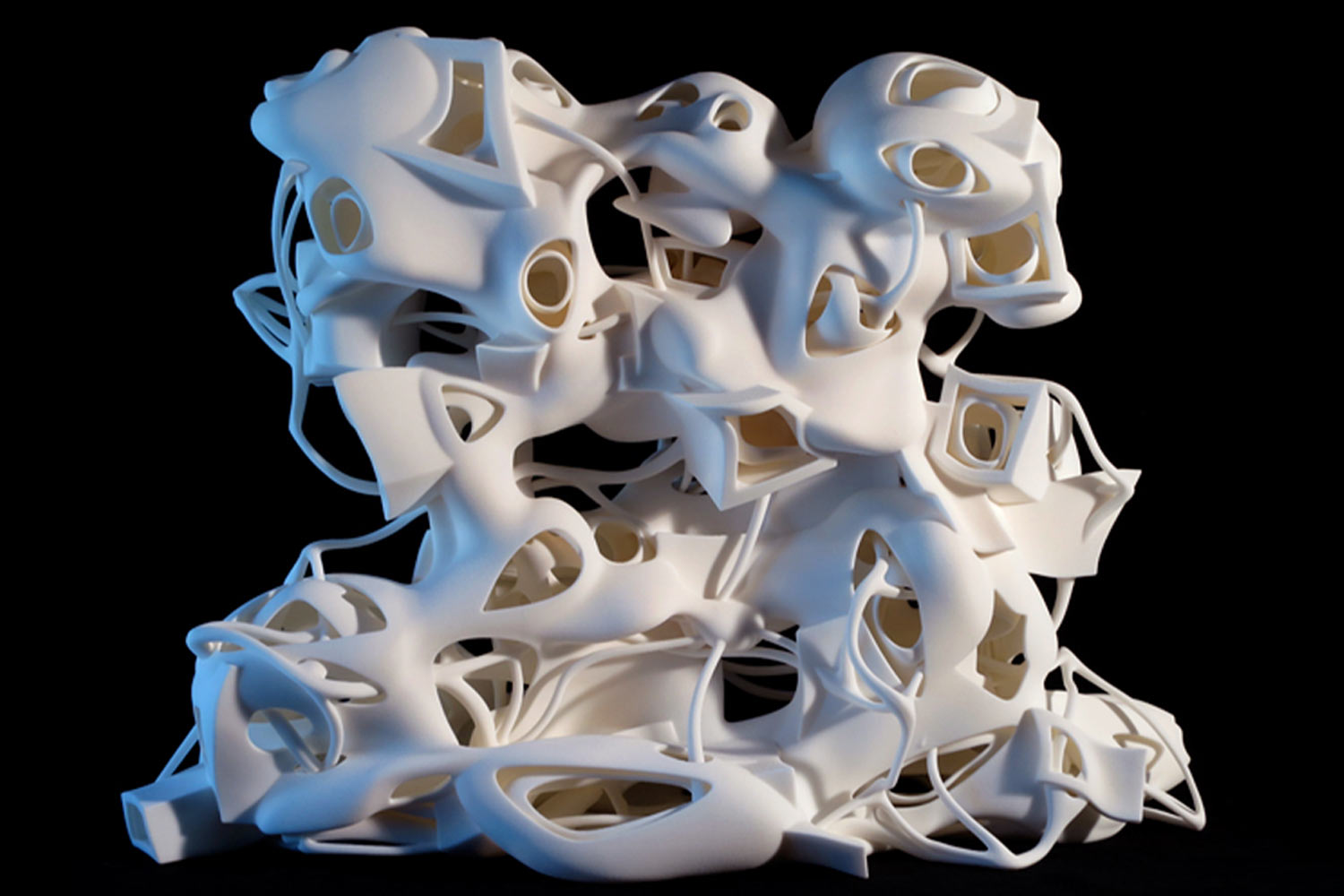










Leave a comment